What Is A Water Feature: Types Of Water Features For Gardens
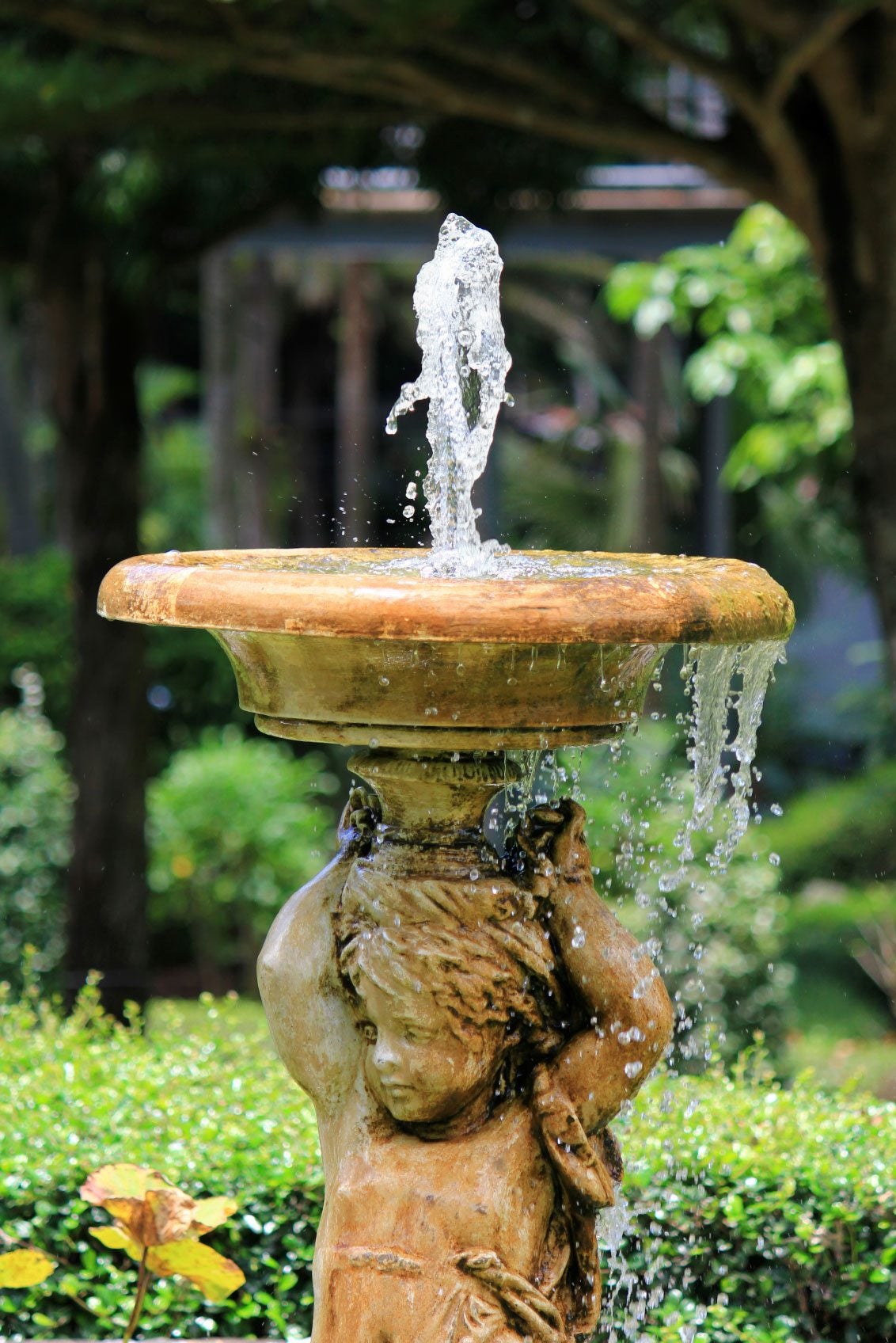

What is a water feature? In basic terms, a water feature is a landscape enhancement that uses water and other materials to bring beauty and tranquility to the environment. Types of water features for gardens include ponds, waterfalls, and fountains.
Types of Water Features
If you lack space to dedicate to a large water feature, you may opt for small features such as a container water garden, tabletop fountain, or a bubbling water container or urn. Small water features are attractive on a patio or deck, and most are large enough to provide the pleasant sound of bubbling or running water. Small fountains and waterfalls are portable and ready to plug in straight out of the box. You can use one small feature or combine a collection of small features to add interest to a woodland garden or shady area. Ponds are larger water features that require careful planning. Most need a circulation system to keep the water moving and a filtration system to keep the water clean. Fiberglass or vinyl liners or shells, available in a variety of sizes, shapes, and prices, simplify the process.
Water Feature Ideas
Knowing how to use water features in the landscape will help you get the most out of them. An effective water feature is one that melds naturally with the environment. Locate your water feature away from areas where water runs from lawns or gardens, as the water may contain bacteria, chemicals, and messy plant debris. Creating a water feature away from shrubs or trees that shed leaves or pine needles helps to simplify water feature care and maintenance. If your water feature is large enough, you may want to add fish, such as goldfish or koi, which require a pond with a depth of 2 to 3 feet (61-91 cm.). If you live in an environment with freezing winters, the pond needs to be even deeper. Although it's easy to create a miniature ecosystem by surrounding a small water feature with beautiful plants, a pond takes more planning. You can plant canna lily or taro at the edge of a pond. These plants do well with their roots in the mud and their tops in shallow water. Plants such as eelgrass or pondweeds actually live under the water. If your pond is large enough, you may want to plant floating plants such as lotus, water hyacinth, or water ferns. Plant carefully if your water feature is located near a stream or drainage area; some water plants are highly invasive. As an added benefit, a water feature may attract frogs to your garden. Frogs provide natural control for mosquitoes and other troublesome pests. Even a simple birdbath is an attractive water feature, easily enhanced by surrounding it with plants or shrubs. Add a bubbler or mister to attract hummingbirds to your garden.
Gardening tips, videos, info and more delivered right to your inbox!
Sign up for the Gardening Know How newsletter today and receive a free copy of our e-book "How to Grow Delicious Tomatoes".

A Credentialed Garden Writer, Mary H. Dyer was with Gardening Know How in the very beginning, publishing articles as early as 2007.
-
 Try The Trend – Turn Any Bed Into A Keyhole Garden With This Clever In-Ground Composter
Try The Trend – Turn Any Bed Into A Keyhole Garden With This Clever In-Ground ComposterKeyhole gardening is an efficient and sustainable practice that saves space. Get started on this DIY project quickly and easily with an in-ground composter.
By Bonnie L. Grant
-
 4 Superfast Composting Methods: Turn Waste Into Garden Gold In 30 Days Or Less
4 Superfast Composting Methods: Turn Waste Into Garden Gold In 30 Days Or LessTry the fastest composting methods to turbocharge your pile and transform kitchen scraps and garden waste into finished compost in just a few weeks.
By Mary Ellen Ellis
-
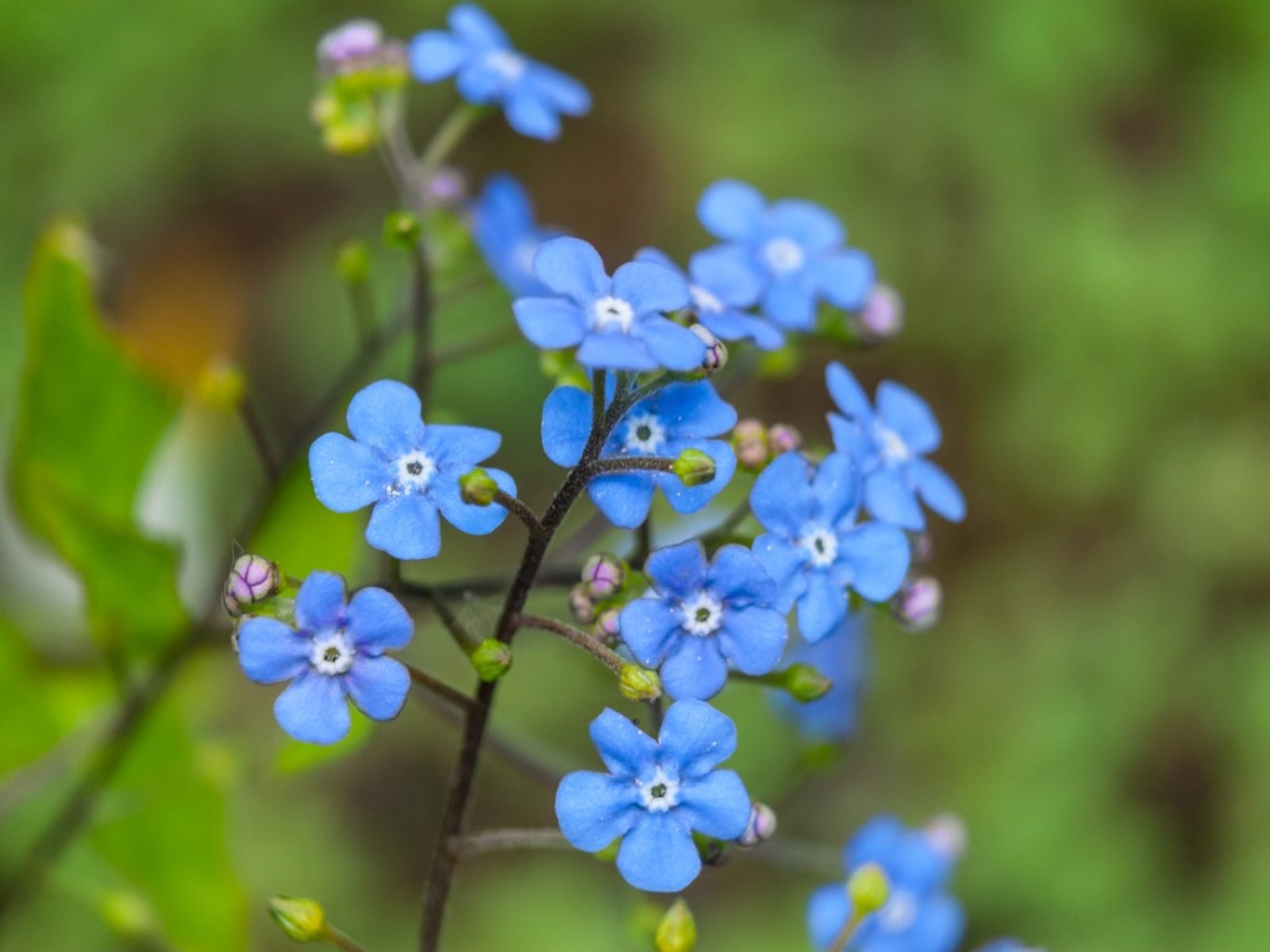 Flowering Pond Plants - Growing Aquatic Flowers
Flowering Pond Plants - Growing Aquatic FlowersAdding flowering pond plants to natural and manmade water features can be an easy way to quickly beautify a space with lush greenery and vibrant bursts of seasonal color. Read on for more.
By Tonya Barnett
-
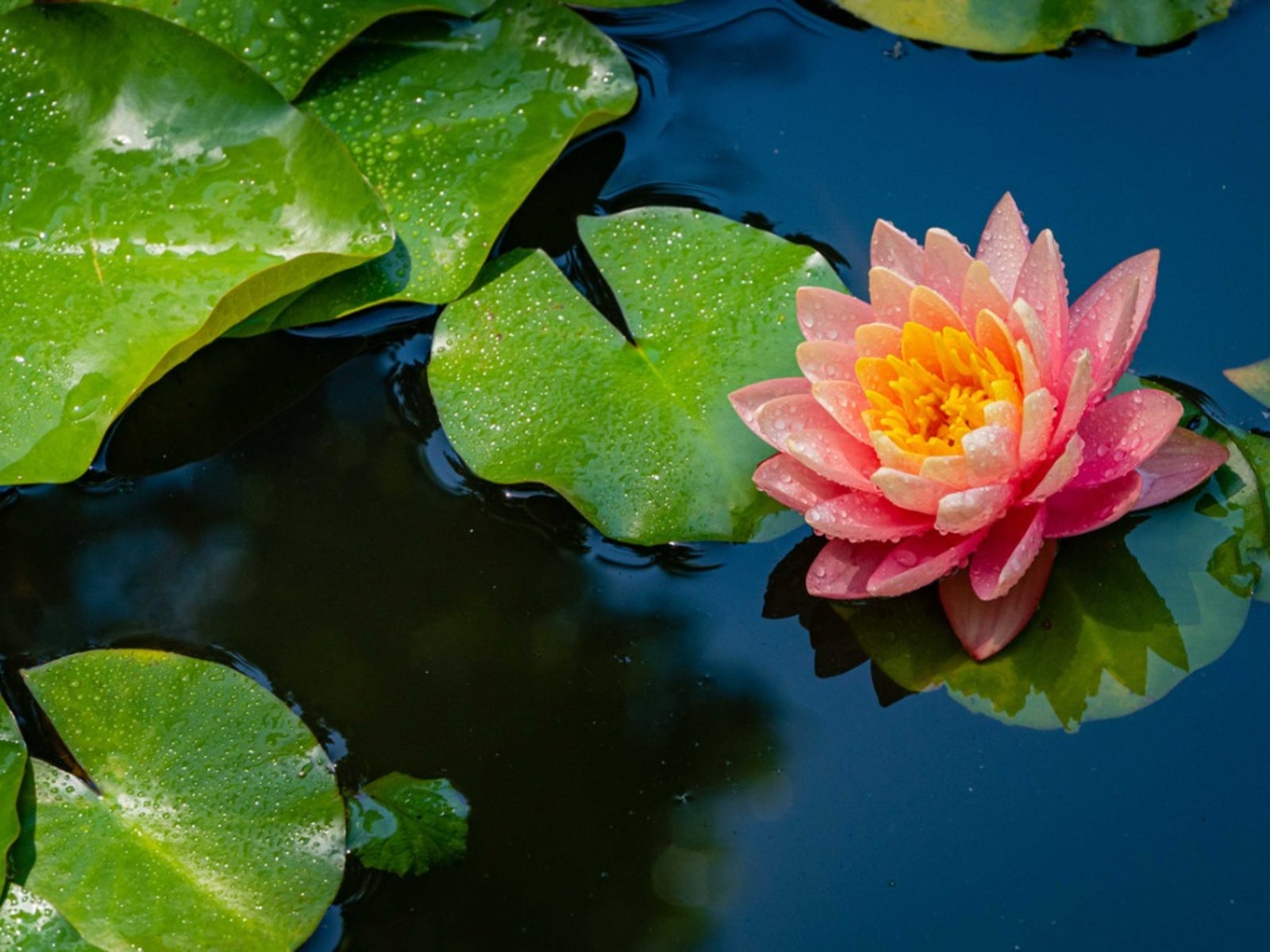 Full Sun Aquatic Plants - Full Sun Floating Pond Plants
Full Sun Aquatic Plants - Full Sun Floating Pond PlantsThere are pros and cons to putting a pond in full sun, but it's very doable. Here are some ideas to get you started.
By Mary Ellen Ellis
-
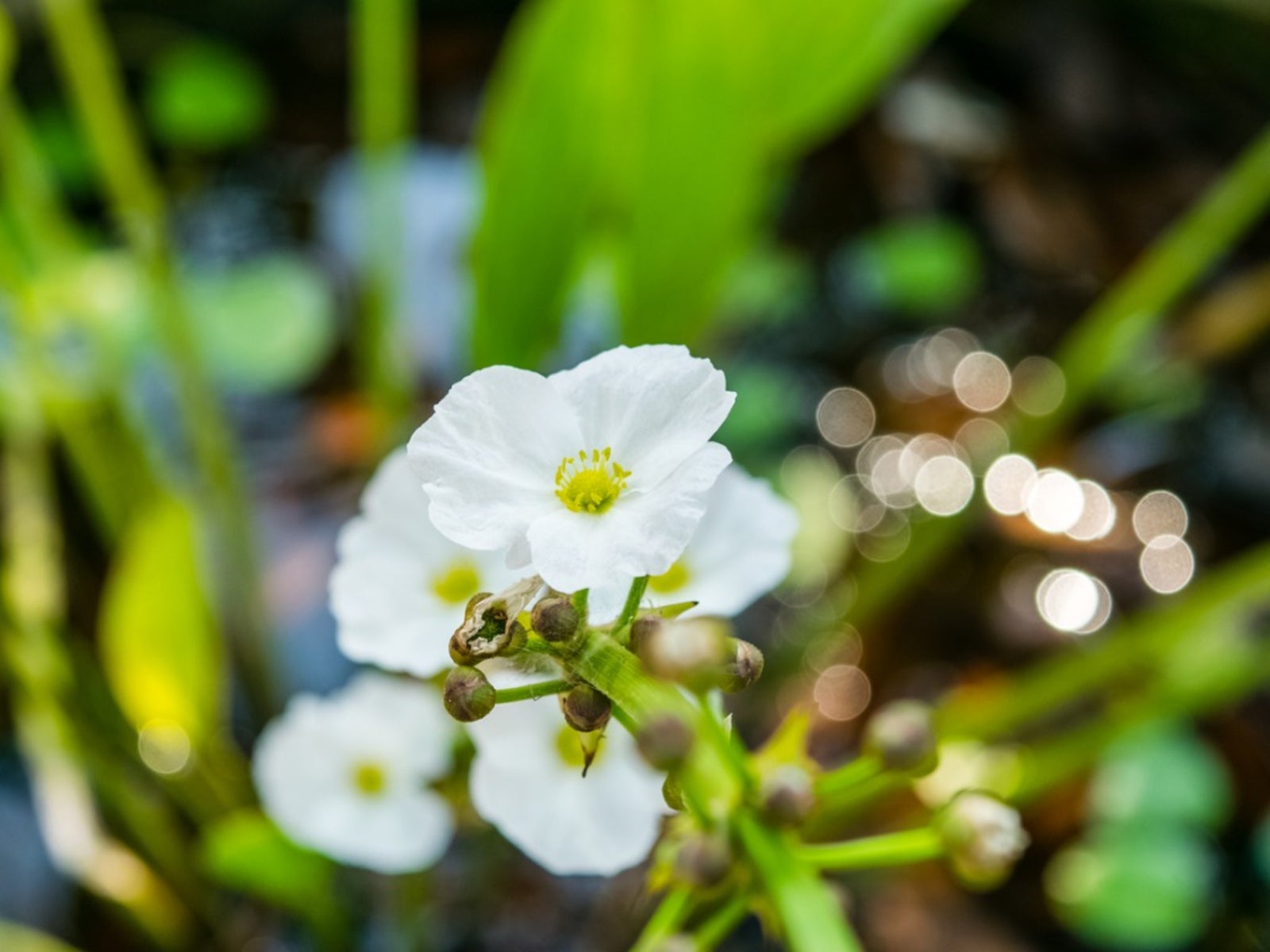 Echinodorus Creeping Burhead – Information On Creeping Burhead Plant Care
Echinodorus Creeping Burhead – Information On Creeping Burhead Plant CareCreeping burhead plants are members of the water plantain family and commonly used in freshwater aquariums or outdoor fishponds. Echinodorus creeping burhead is native to the eastern half of the United States. To learn more about the creeping burhead plant click the following.
By Laura Miller
-
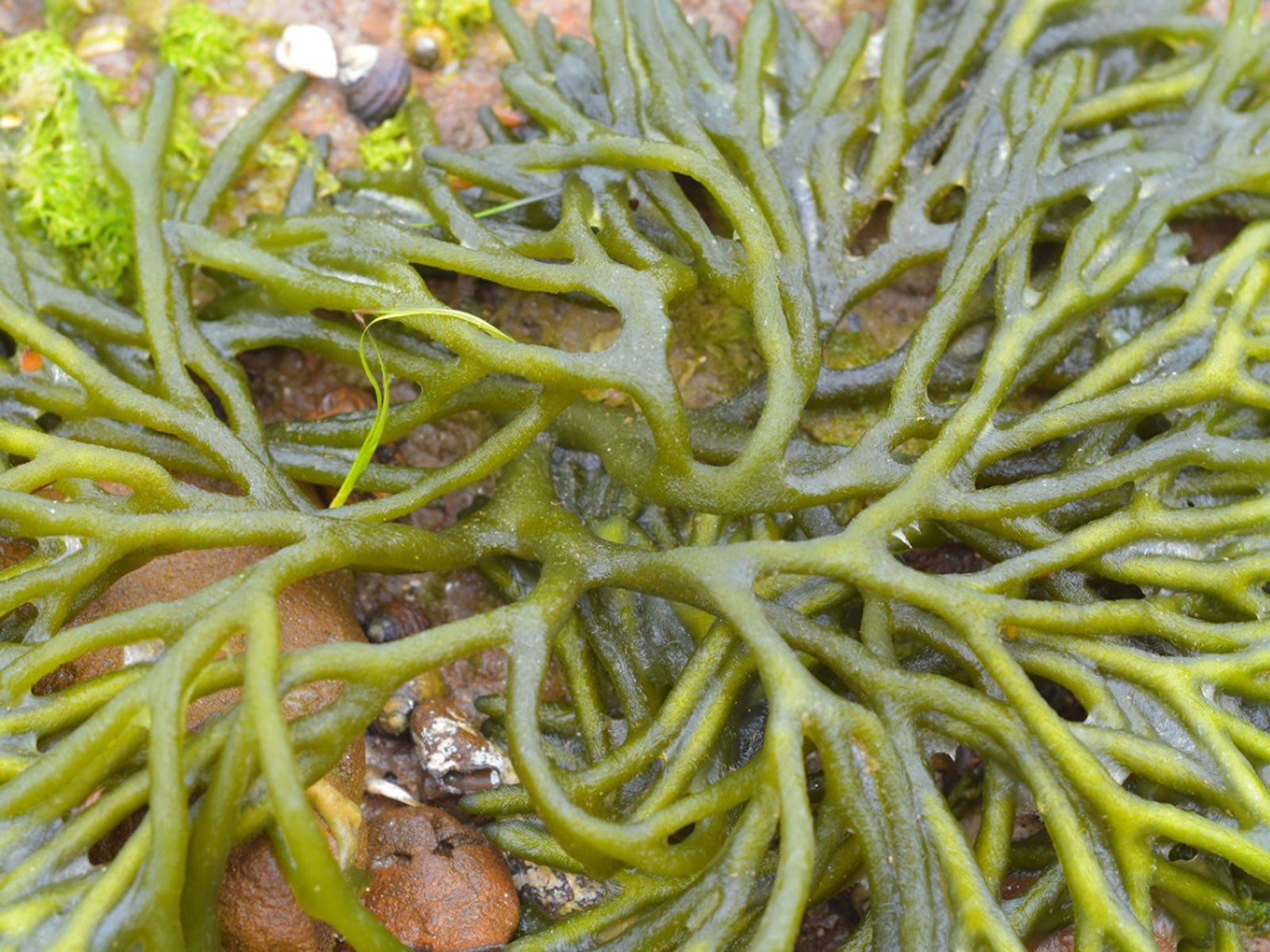 What Is A Saltwater Aquarium: Plants For Saltwater Aquariums
What Is A Saltwater Aquarium: Plants For Saltwater AquariumsBuilding and maintaining a saltwater aquarium requires some expert knowledge in choosing the right plants. Here are some choices to start with.
By Mary Ellen Ellis
-
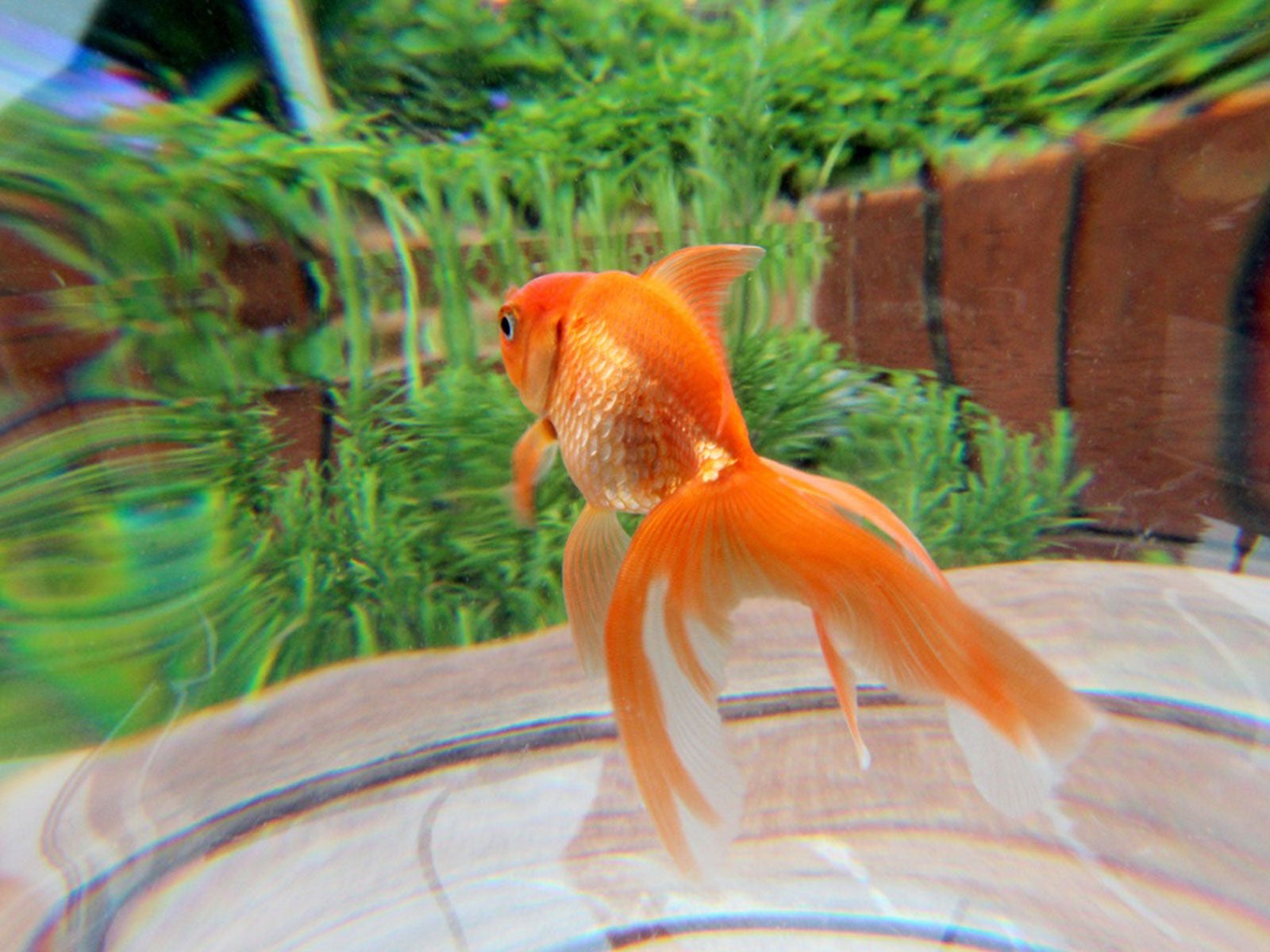 Outdoor Aquarium Ideas: Putting A Fish Tank In The Garden
Outdoor Aquarium Ideas: Putting A Fish Tank In The GardenAquariums are generally made for inside the house, but why not have a fish tank outside? Click here for tips and ideas on backyard aquariums.
By Mary Ellen Ellis
-
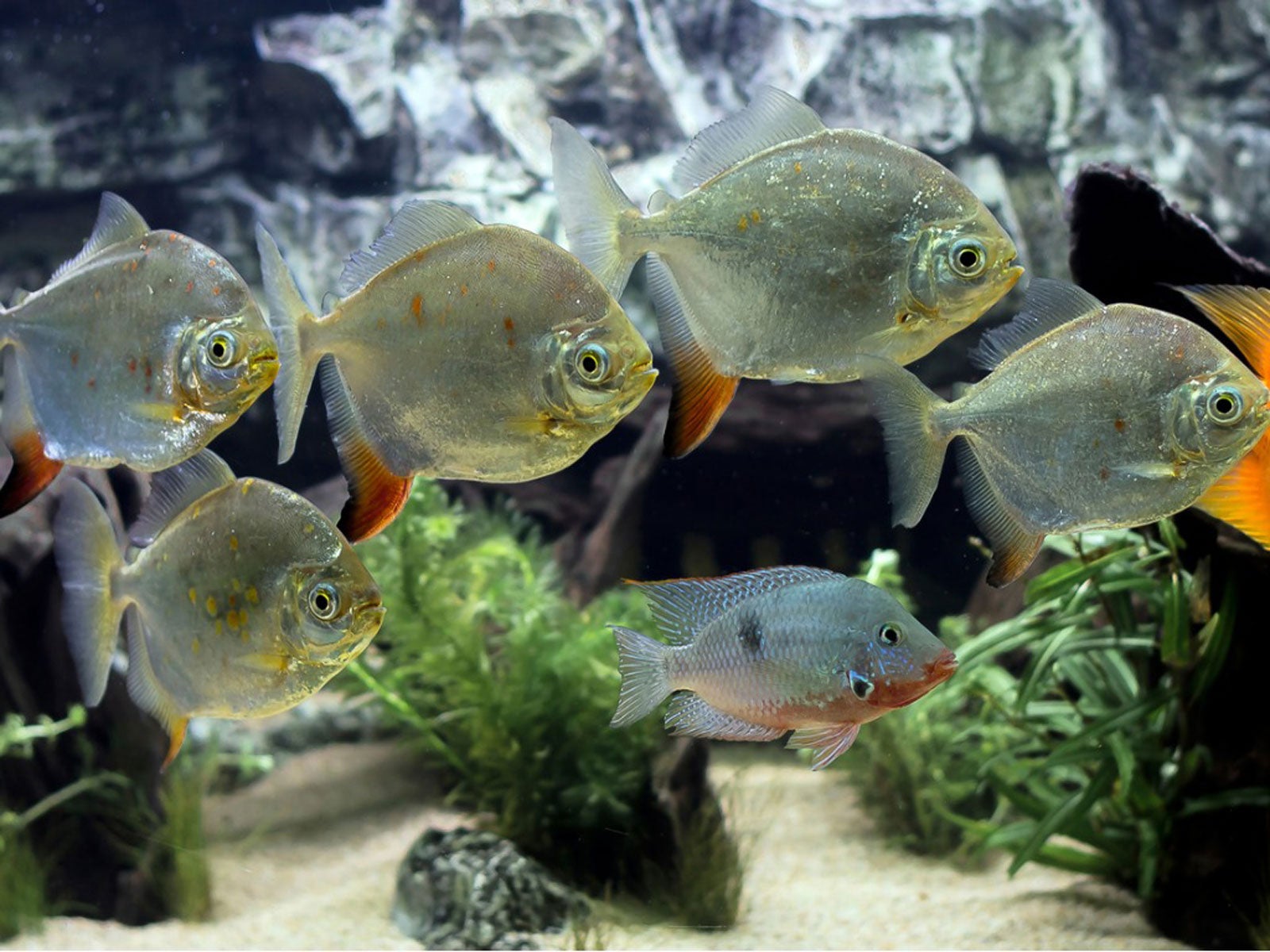 Fish That Eat Plants – Which Plant Eating Fish Should You Avoid
Fish That Eat Plants – Which Plant Eating Fish Should You AvoidGrowing plants with aquarium fish is rewarding, but if you want to combine plants and fish, learn what aquarium fish to avoid. This article will help.
By Mary H. Dyer
-
 Is Pond Fertilizer Bad For Fish: Learn About Fish Safe Fertilizer
Is Pond Fertilizer Bad For Fish: Learn About Fish Safe FertilizerUsing fertilizer around fishponds must be done with care. Excess nitrogen causes algae, but can also contaminate the water and affect fish. Learn more here.
By Bonnie L. Grant
-
 What Is Aquascaping – Creating An Aquarium Garden
What Is Aquascaping – Creating An Aquarium GardenAquatic gardening can be a rewarding endeavor, especially when aquascaping. Click this article to learn more about creating an aquarium garden.
By Nikki Tilley